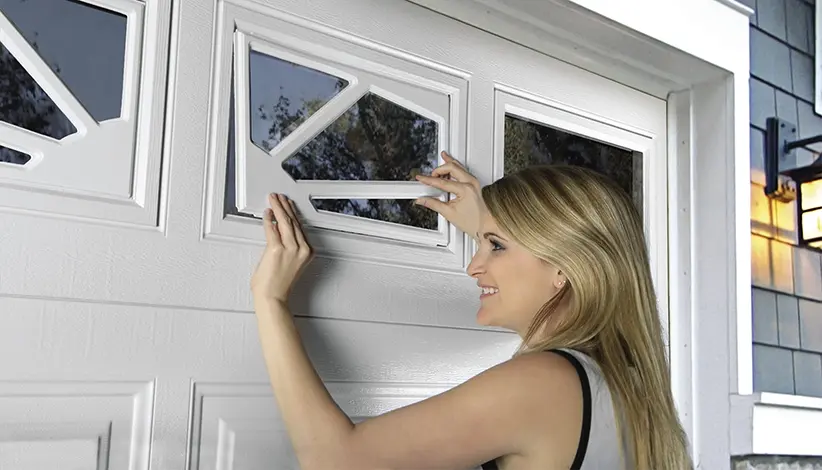Shower Panels Provide Waterproof Performance with Sleek Bathroom Appeal
Shower panels are rapidly becoming one of the most sought-after bathroom fixtures due to their sleek appearance, durability, and superior waterproof performance. As bathroom designs evolve, functionality combined with aesthetic appeal is increasingly important, and shower panels offer the perfect balance between both. These panels are typically made of high-quality materials such as acrylic, glass, or PVC, designed to resist water damage and provide a seamless, modern look. Their smooth surface is not only attractive but is also incredibly easy to clean, making them an excellent choice for anyone looking to reduce maintenance time while keeping their bathroom looking pristine. One of the primary reasons shower panels are gaining popularity is their superior waterproofing capabilities. Traditional tile showers, while popular for their classic look, can often present issues with water leakage over time. Grout lines between tiles can trap moisture, leading to mold growth, mildew, and potential structural damage. In contrast, shower panels are designed to prevent water from seeping behind them, ensuring that your bathroom remains dry and protected.
The panels are typically fitted together with minimal seams, which significantly reduce the risk of water penetration. This makes them an ideal choice for individuals who want a more reliable and durable solution to keeping their bathroom water-resistant. In addition to their waterproof performance, shower panels bring a contemporary elegance to any bathroom. They come in a wide variety of finishes and designs, from sleek gloss or matte surfaces to more luxurious textures like marble or stone-effect patterns. Some shower panels even mimic the look of tiles or other materials, allowing homeowners to enjoy the appearance of traditional finishes without the hassle of grout lines. The versatility of shower panels means they can seamlessly integrate into any bathroom style, whether you prefer a minimalist, modern aesthetic or a more traditional design. Beyond aesthetics, shower panels are also a practical choice due to their ease of installation.
Unlike tile installations, which require precise measuring, cutting, and grouting, shower panels can be installed much quicker, often in a single day. This results in less disruption to your home and can save both time and money. The panels are lightweight and easy to handle, making them ideal for DIY enthusiasts or professionals alike. Additionally, many shower panels are equipped with anti-bacterial coatings, further improving hygiene by minimizing the buildup of bacteria and soap scum, ensuring that your shower remains fresh and clean. The combination of style, functionality, and ease of maintenance makes shower panels an appealing choice for homeowners looking to update their bathrooms. Whether you are renovating an existing bathroom or designing a new one, shower panels offer an excellent solution for those seeking a waterproof, low-maintenance, and visually striking option. Their sleek, modern look and practical benefits make them a standout feature in any bathroom, ensuring both lasting performance and an enhanced aesthetic appeal.

